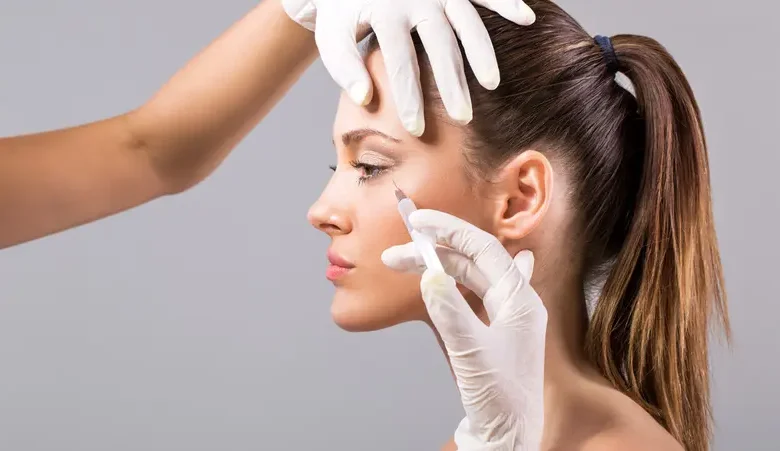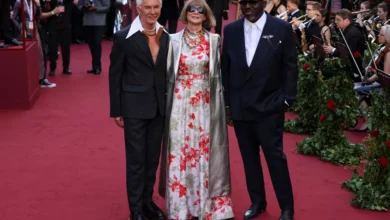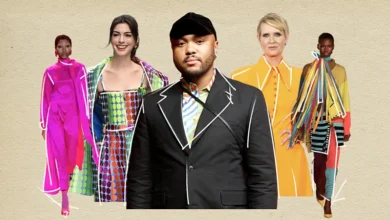Social media shaping new era in plastic surgery: UAE surgeons

The rise of social media and digital filters is reshaping the landscape of cosmetic surgery, with patients increasingly prioritizing subtle enhancements over dramatic transformations, according to leading Dubai-based plastic surgeons.
Plastic surgeons Dr. Dmitry Melnikov and Dr. Alexander Glushko reveal how platforms like Instagram and TikTok are influencing patient expectations and driving industry trends in the cosmetic surgery capital of the Middle East.
Shift toward natural aesthetics
The era of exaggerated curves and heavy filters is giving way to a more nuanced approach to cosmetic enhancement, the surgeons say.
“We’ve moved past the era of exaggerated curves toward more natural aesthetics akin to figures like Kendall Jenner,” says Melnikov, a plastic and reconstructive surgeon.
This shift reflects a broader transformation in beauty standards, particularly among younger patients who are increasingly aware of the artificiality of heavily filtered social media images.
“Today, patients are becoming more aware of the unrealistic beauty standards set by filters and editing apps,” notes Glushko, who specializes in facial surgery. “Instead of asking for drastic changes, they seek subtle, natural improvements that enhance their features while maintaining a sense of authenticity.”
Video-sharing populations
The popularity of video-sharing platforms such as TikTok has added a new dimension to patient expectations. Unlike static photographs, these platforms showcase bodies and faces in motion, raising the bar for surgical outcomes.
“The challenge today is achieving natural-looking results, particularly with breast augmentation, as patients are increasingly scrutinized in motion through videos on platforms like TikTok and Instagram,” Melnikov explains.
TikTok’s influence extends beyond just setting beauty standards. According to Glushko, the platform has introduced younger audiences to new surgical trends, particularly those inspired by East Asian aesthetics.
“A notable trend is bone surgery, which involves contouring facial bones to create softer or more harmonious facial proportions,” he says. “The procedure appeals to many due to its transformative results and almost non-existent downtime.”
Managing expectations in the digital age
One of the primary challenges facing cosmetic surgeons is managing patient expectations shaped by social media influencers and digital editing tools. Both surgeons emphasize the importance of patient education and realistic goal-setting.
“Many patients come in with heavily edited images or influencer-inspired goals that don’t align with their anatomy or lifestyle,” Melnikov says. “My responsibility as a surgeon is to guide them toward options that enhance their unique features while preserving functionality and safety.”
Glushko takes a similar approach when patients bring in filtered photos as references. “I evaluate their facial structure and explain what is realistic and achievable based on their anatomy,” he says. “Some edits can serve as useful references, but others might set unrealistic expectations.”
Technological advances
Despite concerns about social media’s influence, both surgeons are optimistic about technological advances in their field. Melnikov predicts a trend toward hybrid procedures that combine traditional techniques with newer approaches.
“I foresee a shift toward hybrid procedures that combine implants with fat transfer to achieve more natural and personalized results,” he says. “Emerging technologies, such as 3D imaging and AI, will also enhance preoperative planning and help patients visualize potential outcomes with greater precision.”
However, he cautions that technology should complement rather than replace surgical expertise: “No technology can replace a skilled surgeon’s expertise and artistry. While new tools enhance our capabilities, the human element remains critical.”
Safety, long-term considerations
The surgeons stress the importance of prioritizing safety and long-term outcomes over trending aesthetics. In breast augmentation, for instance, Melnikov advocates proven methods over experimental procedures.
“Breast implants remain the most studied, predictable, and reversible option for augmentation,” he says.
“While they come with potential complications, alternatives such as fillers or lipofilling are even less reliable and carry higher risks, sometimes leading to irreversible damage.”
Patient education plays a crucial role in ensuring successful outcomes.
“During consultations, I provide detailed explanations of all available options, including their risks, benefits, and potential outcomes,” Melnikov explains. “I emphasize the importance of understanding the long-term commitments involved, such as follow-up care and potential revisions.”
As social media continues to evolve, both surgeons anticipate further changes in cosmetic surgery trends.
However, they maintain that the focus should remain on achieving natural, individualized results that enhance rather than dramatically alter patients’ appearances.
“My goal is to ensure patients prioritize their individuality and long-term health over fleeting trends,” says Melnikov, reflecting a growing industry emphasis on sustainable, patient-centered approaches to cosmetic enhancement.










